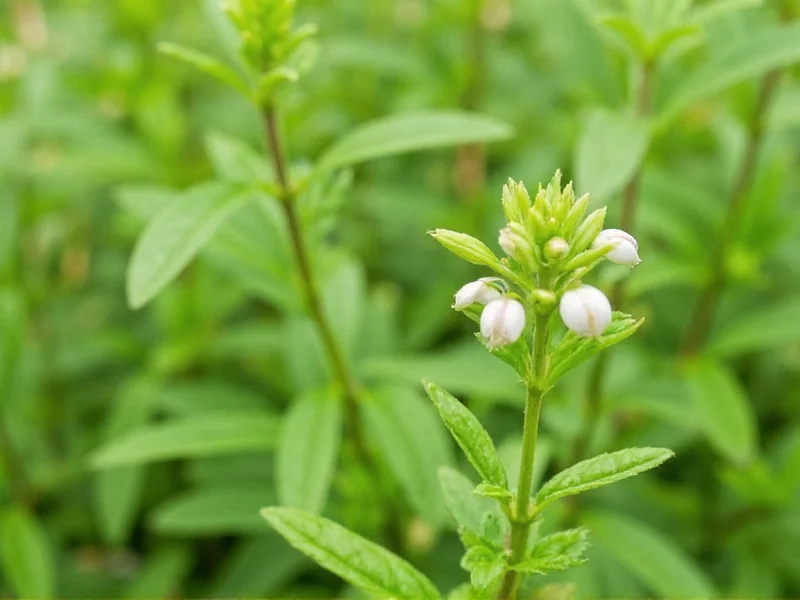Marjoram (Origanum majorana) stands as one of the most versatile herbs in both kitchen and wellness practices. This sweet, citrusy herb from the mint family offers distinctive flavor and therapeutic properties that have been valued since ancient Greek and Roman times. Understanding the diverse uses for marjoram herb helps home cooks, gardeners, and natural health enthusiasts maximize its potential.
What Exactly Is Marjoram?
Often confused with oregano, marjoram (Origanum majorana) is actually a separate species within the same botanical family. While oregano delivers a robust, earthy punch, marjoram provides a more delicate, sweet flavor with subtle pine and citrus notes. The herb features small, oval leaves on woody stems and produces tiny pink or white flowers. Unlike wild marjoram (which is essentially oregano), sweet marjoram is cultivated specifically for its superior flavor profile and aromatic qualities.
Culinary Applications of Marjoram Herb
Chefs worldwide prize marjoram for its ability to enhance dishes without overwhelming other flavors. This makes it particularly valuable in Mediterranean and Middle Eastern cuisines where balanced seasoning is essential. The herb works especially well with lighter proteins and vegetables, adding complexity without bitterness.
| Dish Type | Recommended Marjoram Application | Substitution Ratio |
|---|---|---|
| Roasted Chicken | Combine with thyme, garlic, and lemon zest under skin | 1 tbsp fresh = 1 tsp dried |
| Tomato-Based Sauces | Add toward end of cooking to preserve flavor | 1 tsp dried per 2 cups sauce |
| Bean Dishes | Stir in during last 10 minutes of cooking | 1.5 tsp dried per pound of beans |
| Vegetable Roasts | Toss with olive oil before roasting | 1 tbsp fresh per baking sheet |
When incorporating marjoram into recipes, remember that fresh marjoram offers a more nuanced flavor than dried. For optimal results, add dried marjoram early in the cooking process to allow flavors to develop, while fresh marjoram should be added in the final minutes to preserve its delicate aroma. Understanding these subtle differences represents one of the most practical culinary uses of marjoram herb.
Medicinal Benefits Supported by Research
Traditional medicine systems have utilized marjoram for centuries, and modern science increasingly validates many of these applications. The herb contains significant levels of rosmarinic acid, terpenes, and flavonoids that contribute to its therapeutic properties.
Studies indicate that marjoram may help reduce inflammation and oxidative stress. Research published in the Journal of Agricultural and Food Chemistry found marjoram extract demonstrated potent antioxidant activity, potentially helping protect cells from damage. Additionally, preliminary studies suggest marjoram may support digestive health by easing bloating and stomach discomfort.
Many people prepare marjoram tea to soothe respiratory issues and promote relaxation. To make therapeutic marjoram tea, steep one teaspoon of dried herb in eight ounces of hot water for 5-7 minutes. This simple preparation represents one of the most accessible health benefits of marjoram tea.
Practical Non-Culinary Applications
Beyond the kitchen and medicine cabinet, marjoram serves several valuable purposes. Gardeners appreciate its ability to repel certain pests while attracting beneficial insects like bees and butterflies. Planting marjoram near cabbage family crops can help reduce cabbage moth damage, making it an excellent companion plant.
The essential oil of marjoram finds applications in aromatherapy for stress reduction. Its calming properties make it useful in massage oils and diffuser blends. Unlike more potent essential oils, marjoram oil generally causes fewer skin reactions, making it suitable for sensitive individuals when properly diluted.
Historically, marjoram featured in potpourris and sachets due to its pleasant fragrance. The dried flowers and leaves maintain their scent well, providing natural air freshening without artificial chemicals. This represents one of the traditional uses of sweet marjoram that remains practical today.
Growing and Preserving Your Own Marjoram
Cultivating marjoram proves straightforward for gardeners of all skill levels. The herb thrives in well-drained soil with full sun exposure and moderate watering. Unlike many Mediterranean herbs, marjoram tolerates slightly more moisture, making it adaptable to various climates.
For optimal flavor, harvest marjoram just before flowering when the essential oil concentration peaks. Cut stems in the morning after dew evaporates but before the sun becomes intense. To preserve your harvest, consider these methods:
- Air drying: Bundle stems and hang upside down in a dark, well-ventilated space
- Freezing: Chop fresh leaves and freeze in olive oil cubes for cooking
- Vinegar infusion: Create flavorful herb vinegar for dressings
Properly stored dried marjoram maintains its potency for 6-12 months. When growing marjoram in home garden settings, remember to pinch back regularly to encourage bushier growth and prevent flowering, which can diminish leaf flavor.
Marjoram in Historical Context
Ancient Greeks associated marjoram with happiness and used it in wedding ceremonies, believing it brought joy to newlyweds. The name "marjoram" possibly derives from the Greek words " eros" (love) and "akmos" (peak), suggesting its historical connection to love and celebration. During the Middle Ages, Europeans placed marjoram on graves as a symbol of peace for the departed.
This rich historical background informs many traditional uses of marjoram that continue today. Understanding these cultural contexts helps appreciate why certain applications have persisted through generations, from culinary pairings to medicinal preparations.
Common Questions About Marjoram Usage
Many people wonder about substituting marjoram when unavailable. While oregano makes the closest substitute, remember it's significantly stronger—use about half the amount of oregano when replacing marjoram. Thyme or a blend of thyme and basil can also work in some recipes requiring marjoram.
When considering how to use fresh marjoram in cooking, remember its delicate flavor shines in dishes where subtle seasoning matters. Add it toward the end of cooking to preserve its aromatic compounds. For those exploring marjoram vs oregano differences, the key distinction lies in intensity—marjoram offers a sweeter, milder profile ideal for dishes where you want herb flavor without dominance.











 浙公网安备
33010002000092号
浙公网安备
33010002000092号 浙B2-20120091-4
浙B2-20120091-4